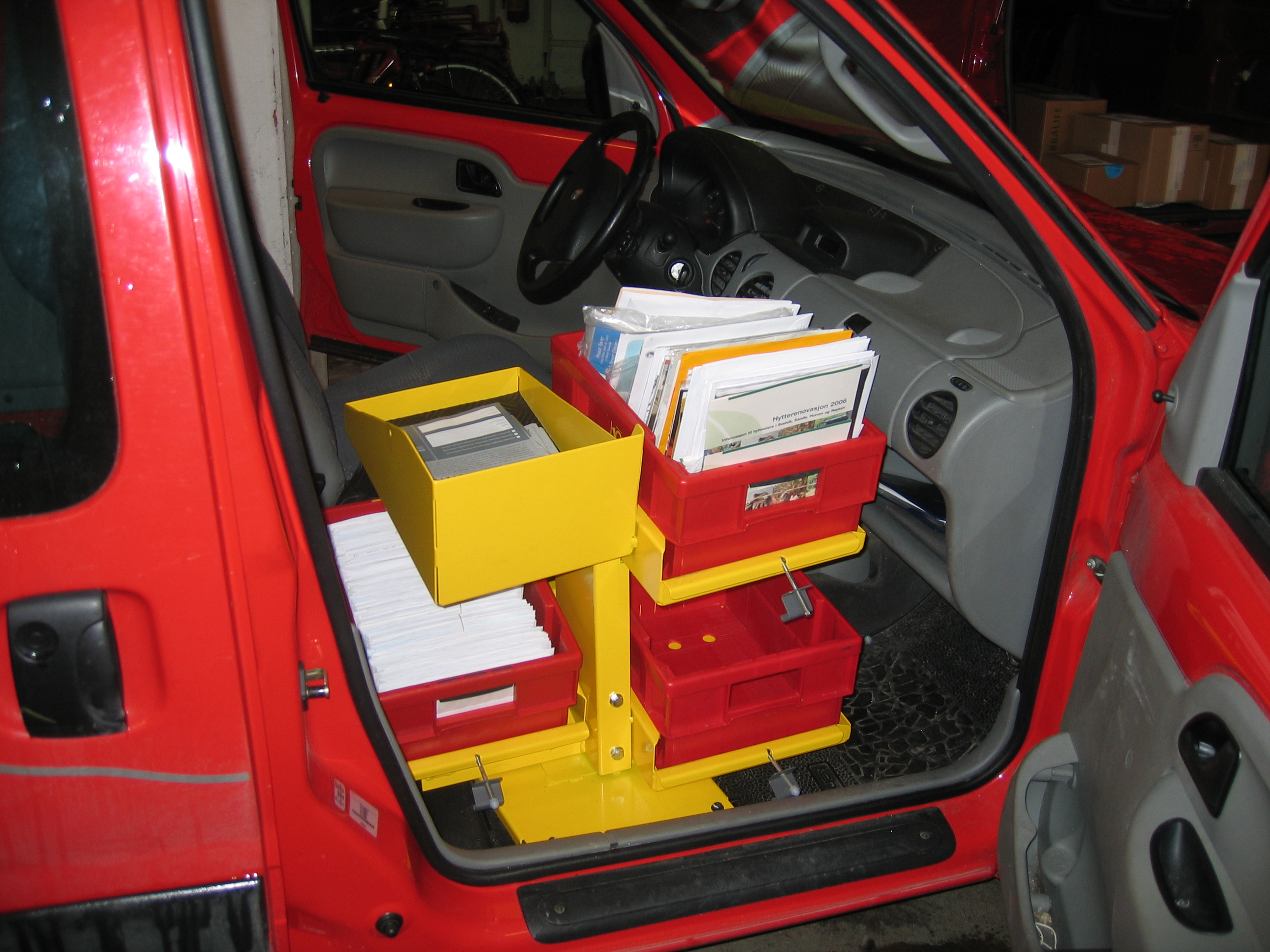Teaching strategic and systems design to facilitate collaboration and learning
DOI:
https://doi.org/10.7577/formakademisk.374Keywords:
strategic design, systems design, collaborative learning, industrial collaborationAbstract
As strategic and systems approaches are becoming more relevant in design education when it concerns collaborative projects with the industry, an explicit systems design methodology is needed to structure collaboration and learning among students, educators, and the Norwegian industry. This article describes three alternative studio projects for teaching strategic and systems design with the involvement of Norwegian companies. Besides this, the approaches and fundamental theories of design thinking and reasoning, which are characteristic of these projects, were reflected against each other. In the undergraduate (year 2) systems thinking design studio, the challenge was to train students to understand how system elements are rationally interconnected with their suprasystems and subsystems based on usability and man-machine interactions. In addition to the challenges pertaining to systems thinking, collaborative learning and designing based on a mentorship learning concept were introduced in the Vertical Design Studio, which involved second- and third-year students. Concerning the postgraduate fourth-year strategic design projects with the industry, the challenge was to involve Norwegian companies in product planning and goal finding as well as in innovation and design activities and to assess how supportive and receptive these companies were towards radical innovation/diversification. The analysis of completed projects shows that the Norwegian industry is supportive of strategic design but is rather conservative and risk averse when it concerns accepting and implementing radical innovation initiatives. Referring to user-centred and context-based innovation, this article also supports the implementation of a systems approach to facilitate social and hierarchical learning across the second-year systems design studio, second- and third-year vertical studios, and fourth-year strategic design studio.

Downloads
Published
How to Cite
Issue
Section
License
Authors who publish with this journal agree to the following terms:
- Authors retain copyright and grant the journal right of first publication with the work simultaneously licensed under a Creative Commons Attribution 4.0 License that allows others to share the work with an acknowledgement of the work's authorship and initial publication in this journal.
- Authors are able to enter into separate, additional contractual arrangements for the non-exclusive distribution of the journal's published version of the work (e.g., post it to an institutional repository or publish it in a book), with an acknowledgement of its initial publication in this journal.
- Authors are permitted and encouraged to post their work online (e.g., in institutional repositories or on their website) prior to and during the submission process, as it can lead to productive exchanges, as well as earlier and greater citation of published work (See The Effect of Open Access).
- The author(s) must manage their economic reproduction rights to any third party.
- The journal makes no financial or other compensation for submissions, unless a separate agreement regarding this matter has been made with the author(s).
- The journal is obliged to archive the manuscript (including metadata) in its originally published digital form for at least a suitable amount of time in which the manuscript can be accessed via a long-term archive for digital material, such as in the Norwegian universities’ institutional archives within the framework of the NORA partnership.
The material will be published OpenAccess with a Creative Commons 4.0 License which allows anyone to read, share and adapt the content, even commercially under the licence terms:
This work needs to be appropriately attributed/credited, a link must be provided to the CC-BY 4.0 licence, and changes made need to be indicated in a reasonable manner, but not in any way that suggests that the licensor endorses you or your use.



